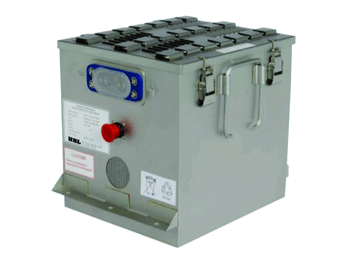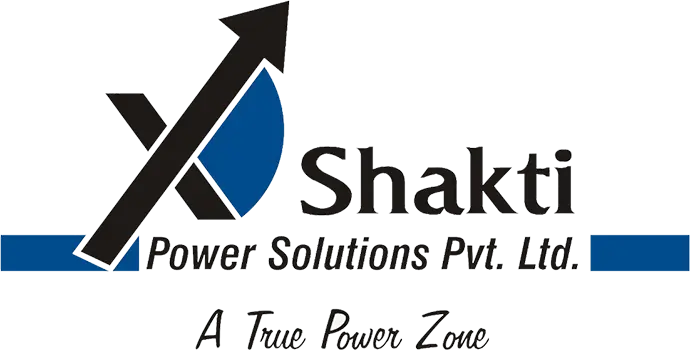Sintered Plate Nickel Cadmium Batteries
HBL manufactures the world’s widest range of Ni-Cd Batteries including Pocket Plate, Sintered Plate, Hybrid and Fibre Plate technologies and is recognized as one of the best Ni-Cd Battery production facilities in the world. The Nickel Fibre matrix used for the fibre plate allows 90% of the electrode volume for holding the active material. The open three-dimensional fibre structure also provides excellent conductivity to ensure premium electrical performance.

Nickel cadmium batteries offer the user the most reliable battery available for industrial applications today. They are extremely robust – sustaining physical abuse over their long lives and retaining that physical reliability even at end of life. As a result, they are often the battery of choice in passenger railway vehicles, majority of the worlds’ passenger aircraft and in high vibration environments like diesel generator and turbine starting.
HBL manufactures the world’s widest range of Ni-Cd Batteries including Pocket Plate, Sintered Plate, Hybrid and Fibre Plate technologies and is recognized as one of the best Ni-Cd Battery production facilities in the world.
The Nickel Fibre matrix used for the fibre plate allows 90% of the electrode volume for holding the active material. The open three-dimensional fibre structure also provides excellent conductivity to ensure premium electrical performance.
The elastic nature of the fibre electrode enables it to absorb greater shock and vibration stresses. This includes volume changes during charge and discharge cycles; hence the battery can give a greater number of cycles compared to other battery technologies. The fibre plate technology is considerably lighter in weight with a high energy density when compared to pocket plate designs.
Fibre Plate batteries are manufactured in 4 series (X, H, M and L) based on their performance capabilities.
- Excellent high rate performance to suit application requirements.
- Compact and light weight.
- Performs reliably at extreme temperatures (+40 to –20 deg C )
- Reduced maintenance requirements.
- Long life
- Reliable construction (no risk of sudden death).
- Can withstand extreme temperature without damage (+70 to –50 deg C)
- High resistance to electrical abuse.
- Quick charge capability (accepts more than 90% of charge within 5 hours).
- No change of electrolyte during its lifetime.
FH batteries are made to suit high rate applications, with duration varying between 30 minutes and 1 hour. Typical applications are:
- Engine starting
- UPS
- Switchgear
- Emergency back-up
